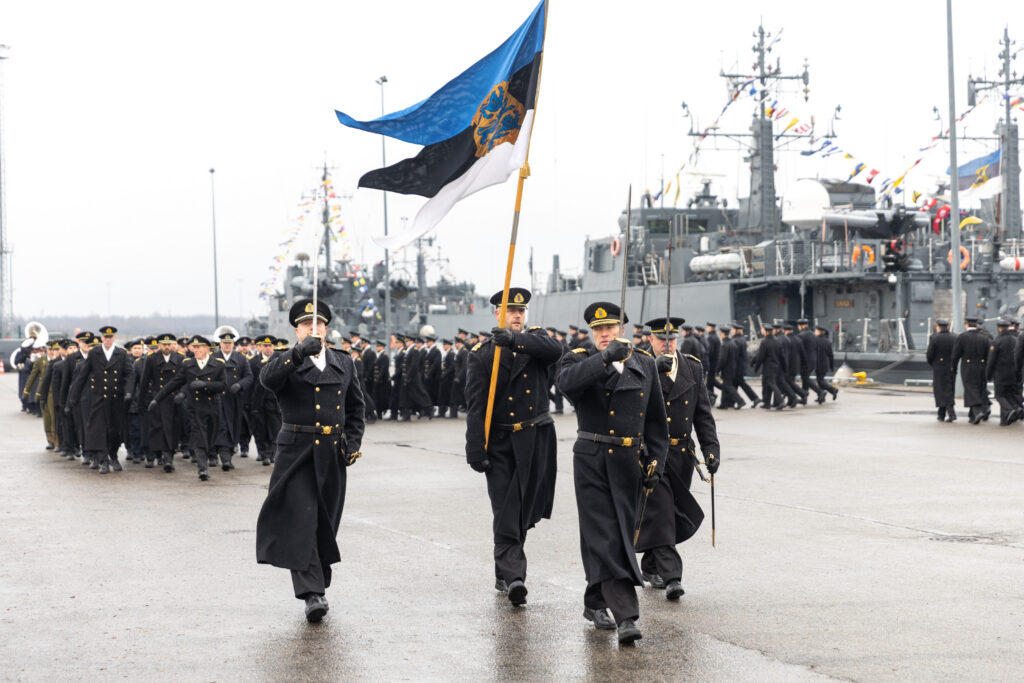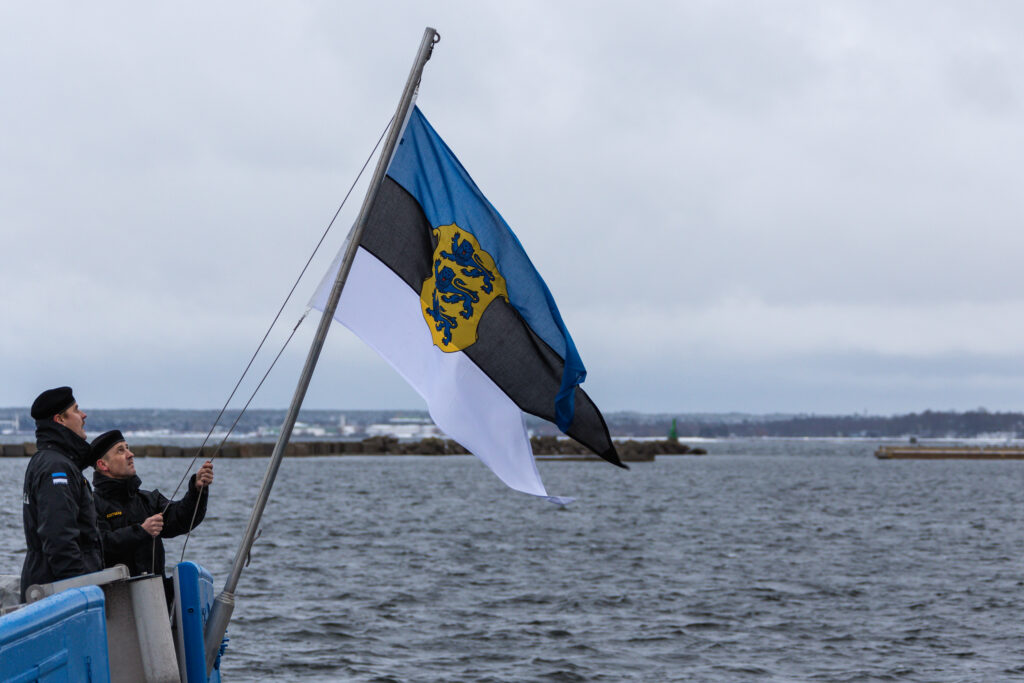Founded on 21 November 1918, the Estonian Navy remains small by traditional standards, yet in a newly volatile Baltic Sea it is being reshaped into a far more capable force than its size implies.
When the Estonian minehunter Admiral Cowan slips out of Tallinn’s grey harbour, she carries more than sonar and divers. Her very name – taken from the British admiral who led Royal Navy ships in support of Estonia’s War of Independence – is a reminder that for this Nordic state, the sea has never been just a backdrop. It is the front door, the escape route and, increasingly, the frontline.
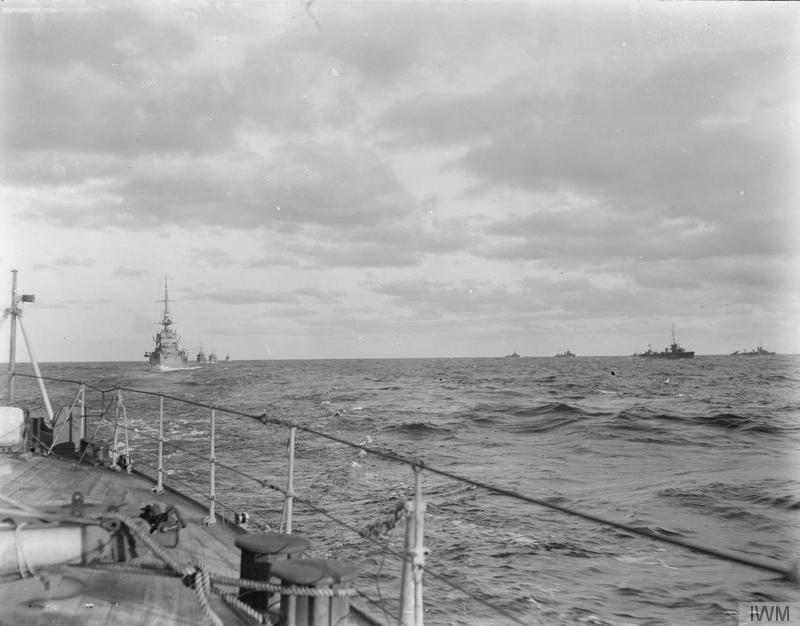
Today’s Estonian Navy is modest by any traditional yardstick: a handful of minehunters, patrol vessels and auxiliary ships, and a few hundred sailors and officers. Yet in the new security order of the Baltic Sea – with Russia’s war in Ukraine, Finland and Sweden in NATO, and undersea infrastructure suddenly looking fragile – this compact force is being quietly refitted into something more muscular and more consequential.
In June 2024, Ivo Värk, a career officer with a degree in military leadership and a master’s in international relations, took over as Commander of the Estonian Navy, promoted to commodore for the role. Under his watch, Estonia is finishing a transformation that began on paper several years ago: from a navy almost entirely focused on clearing other people’s mines, to one that can also threaten enemy ships at long range and police its own waters with far greater authority.
From gunboats and submarines to oblivion
Estonia’s naval story began in the turbulence of 1918. As the First World War ended and the new republic fought for its life, hastily assembled naval units, built around small gunboats and commandeered civilian vessels, supported land operations along the northern coast and in the Gulf of Riga. British ships – under then-Rear Admiral Sir Walter Cowan – arrived with minesweepers, cruisers and moral support that Estonians still remember as decisive.
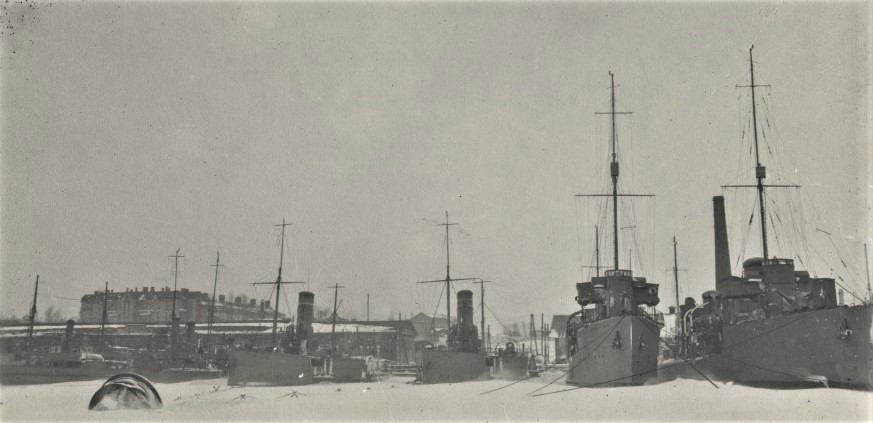
By the late 1930s, the young state had built an enviable little fleet for its size, including the submarines Kalev and Lembit, considered among the best of their generation. That progress was brutally cut short in 1940 when Soviet forces blockaded Estonia by sea and air, marched in, and absorbed its naval assets. Lighthouses, coastal batteries and ships were taken over; dozens of Estonian naval officers were arrested.
The independent navy disappeared from the map.
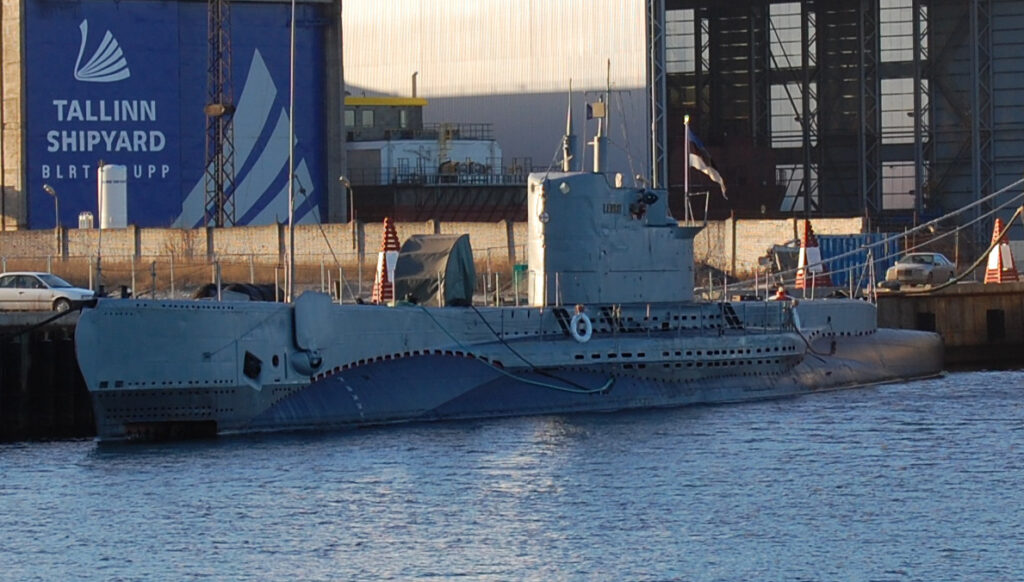
A navy rebuilt from museum pieces
When Estonia restored its independence in 1991, there was no fleet, no officer corps and no money. The symbolic starting gun for the new navy came from an unlikely source: a museum boat. In 1992, the government ordered that Lembit, then a Soviet museum submarine moored in Pirita, be transferred to the Estonian Maritime Museum. When armed Estonian personnel took brief control of the unmanned vessel and persuaded Russian officials to hand it over, the tricolour was raised on a warship for the first time in half a century.
From there, the rebirth was scrappy and improvised. A small fishing vessel confiscated from people-smugglers became the patrol ship Laine. Donated and second-hand ships trickled in from Denmark, Germany, the UK and elsewhere. In the mid-1990s, Sulev and later the flagship Admiral Pitka – a hulking former Danish command ship – gave the service some heft, even if the Mine Harbour in Tallinn was still scarred by derelict Soviet infrastructure and sunken hulls.
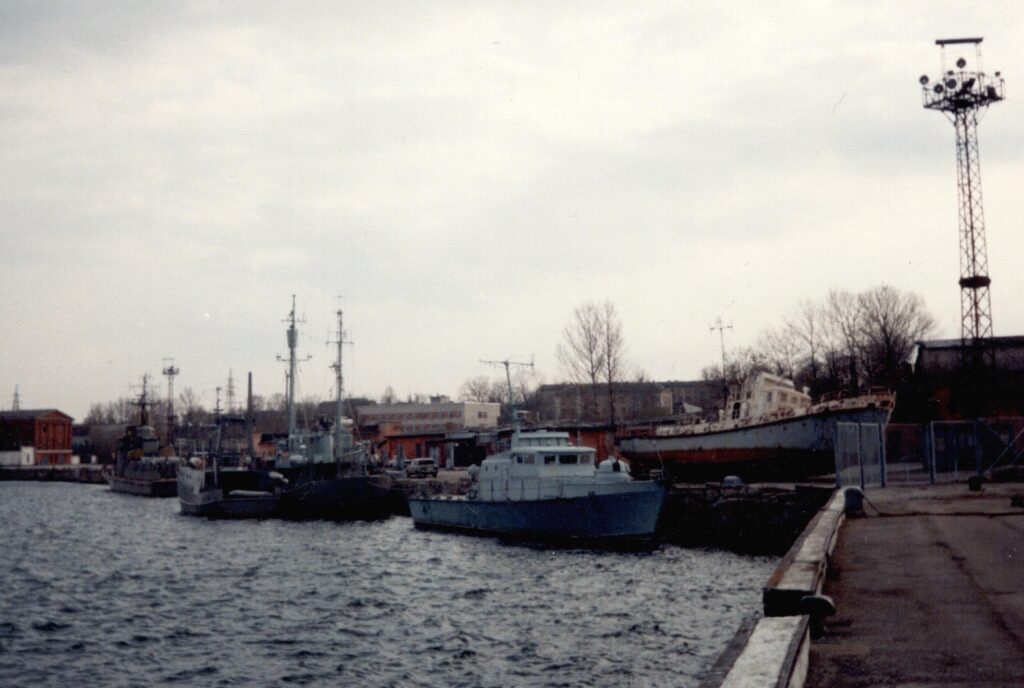
But the new navy faced a structural problem: Estonia was trying to rebuild its entire defence system from scratch on a shoestring. Border Guard cutters, research vessels and environmental inspectors’ boats all jostled for resources. For years, coastal defence was left to others, and the navy’s own officers were still being trained largely abroad.
Expert in enemy mines
When NATO membership came into view, the answer – at least temporarily – was to specialise. From around 2000, Tallinn made a hard, pragmatic choice: the navy would focus on mine countermeasures and contribution to allied operations. Old ships that were expensive to maintain were retired; investment went instead into Sandown-class minehunters bought from Britain and into the joint Baltic mine warfare squadron, Baltron.
For NATO, this was useful. The Baltic Sea is still littered with ordnance from two world wars, and Estonia’s divers and minehunters have spent the past two decades helping to clear it. For Estonia, however, the arrangement left an awkward gap: the country had a navy that was highly capable at neutralising threats laid by previous generations – but poorly equipped to deter a hostile power today.

Publicly, officials spoke about “niche capability”. Privately, naval officers worried that their service was in danger of becoming a technical branch rather than a true maritime arm of the state.
Patrol boats, coastguard duties – and a bigger role
The first visible shift came not with missiles, but with patrol boats. In 2020, the navy took delivery of two new force-protection vessels built on the island of Saaremaa – the first warships designed and built specifically for Estonia since independence (the two patrol boats, Ronald and Risto, were donated to Ukraine in 2024). They were followed, in January 2023, by a political decision to merge the Police and Border Guard Board’s larger patrol ships into the naval fleet.
With one stroke, maritime border surveillance, sea-area policing and oil-spill response moved onto the navy’s books, with four substantial patrol vessels – including Kindral Kurvits and the hybrid-powered Raju – re-badged as naval assets. Search and rescue remained with the Police and Border Guard, but the Recognised Maritime Picture – the live, fused plot of what is happening in Estonian waters – became a real-time military responsibility.

For a small service, the change was significant. Estonia now had a fleet that could not only clear mines and host NATO mine warfare groups, but also patrol its economic zone, board suspect vessels, and respond swiftly to pollution events – tasks that have gained urgency as energy infrastructure in the Baltic has come under increased scrutiny.
Enter Blue Spear: long-range teeth for a small fleet
The more dramatic change, however, has been in firepower. In 2022, Estonia ordered the Blue Spear coastal defence system – a new-generation, containerised anti-ship missile developed by an Israeli–Singaporean joint venture. The first launchers arrived in early 2024 and have since reached initial operational capability.
Blue Spear’s advertised range – up to 290 kilometres – means that, from mobile launchers on Estonia’s shore, naval targets across much of the Gulf of Finland and central Baltic can, in theory, be held at risk. The missiles can be fired in all weather, use advanced radar guidance and hardened communications, and are designed to be resilient against electronic warfare.
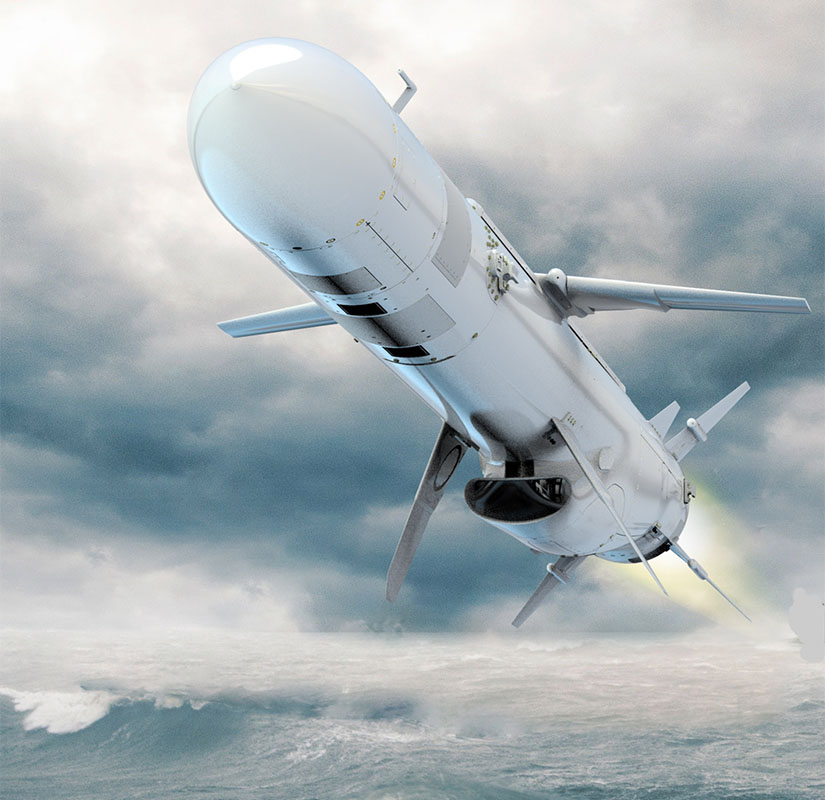
Commodore Värk describes the missiles as one of three “capability layers” the navy now provides: mine warfare (both laying and clearing mines), traditional sea control tasks with patrol and auxiliary vessels, and coastal anti-ship strike.
For a country of 1.3 million people, the effect is disproportionate. Estonia does not need to build frigates to make the Baltic Sea uncomfortable for a hostile fleet.
Active in NATO
If the Estonian Navy is small, the company it keeps is not. Tallinn has long been an active contributor to NATO’s Standing Mine Countermeasures Group 1, regularly assigning ships such as Admiral Cowan to the multinational force. In 2022, more than 30 NATO warships – from minehunters to amphibious assault ships – crowded into Tallinn as part of the Baltops exercise, a floating reminder that Estonia’s security is now tied to a much larger maritime coalition.
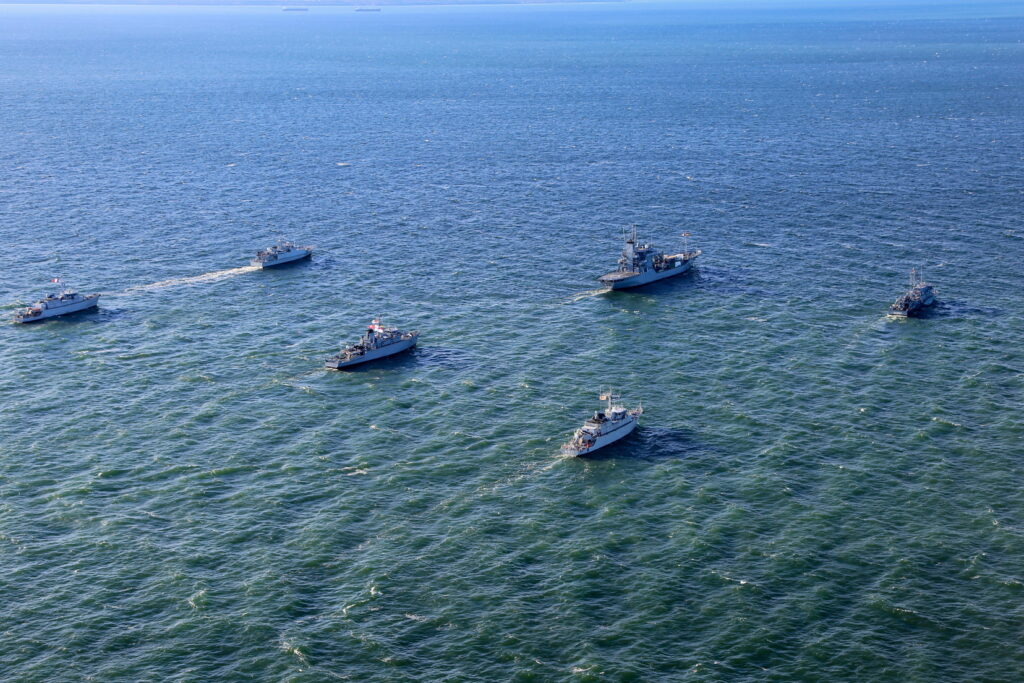
The relationship with the Royal Navy, meanwhile, has come full circle. A century after Cowan’s cruisers helped secure Estonian independence, surplus British minehunters have been given a new life under Estonian colours – and now sail back into UK waters under the Estonian flag, taking part in exercises and clearance operations.
Critics in Tallinn used to ask whether Estonia needed a navy at all; if serious maritime combat would be left to larger allies regardless. That debate has shifted. With the coastal defence squadron established, new patrol vessels in service and police ships folded into the fleet, the navy begins to look less like a niche provider of mine-clearing teams and more like a full-spectrum maritime force scaled to a small country.
